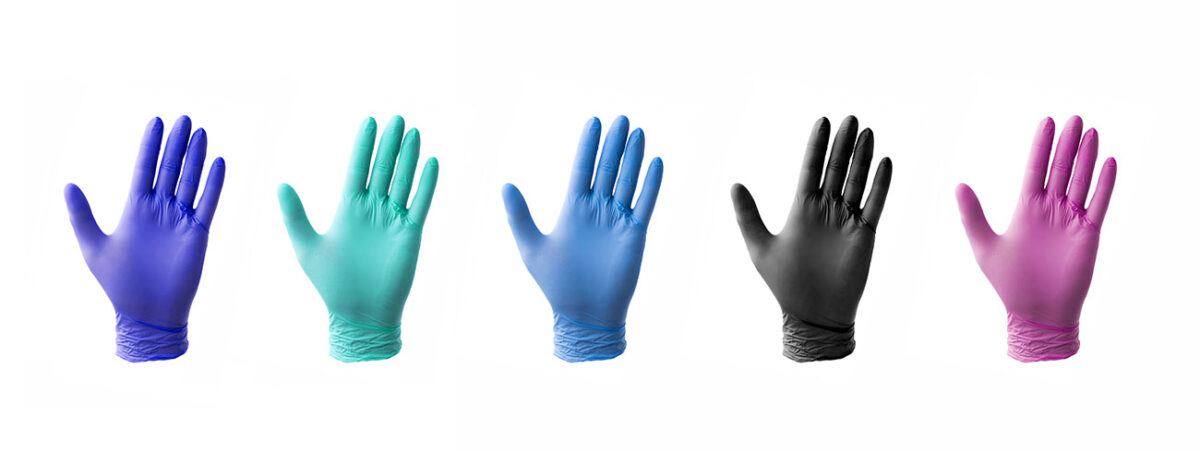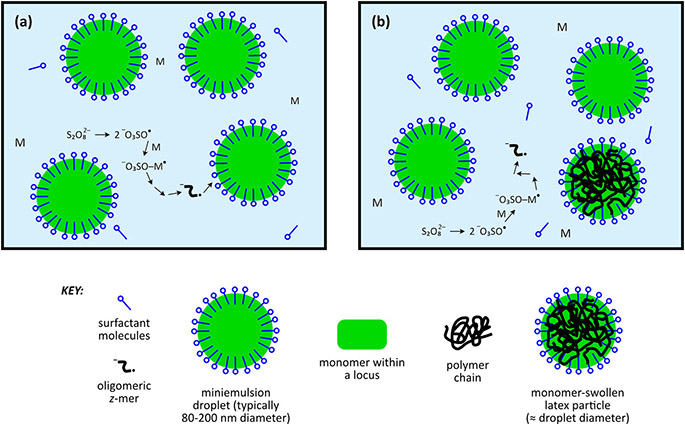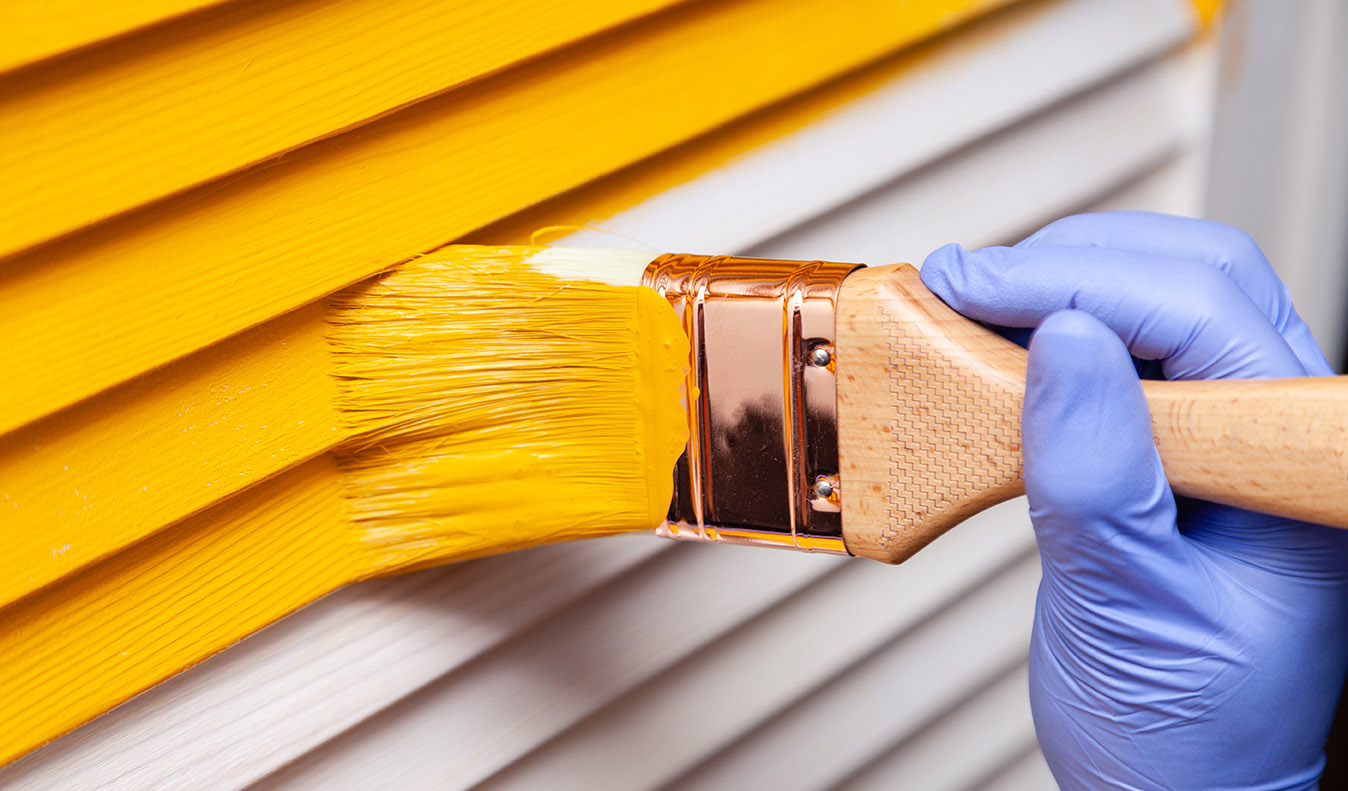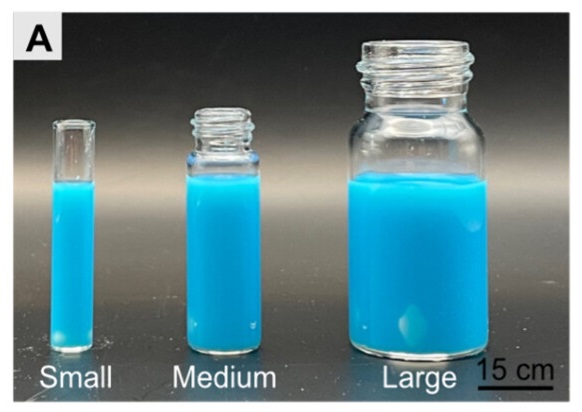Emulsion Polymerization: Science and Applications

Emulsion polymerization is a useful and cost-effective process that allows for easy creation of several commercially important polymers.
Using emulsion polymerization, manufacturers produce nitrile rubber, acrylic rubber, PTFE, PVC, and polyacrylates, among others. On the whole, its applications involve adhesives, paints, paper coatings, and textile coatings. Importantly, producers prefer it over solvent-based methods due to emulsion polymerization’s lack of volatile organic compounds (VOCs). Furthermore, people use many emulsion polymerization products as solid materials, but they sometimes use the dispersion itself as the end product.
You can also read: Revolutionizing Textiles: Innovative Coatings for a Cool-Touch Effect
Emulsion Polymerization is More Accurately a Dispersion or Latex
During emulsion polymerization, manufacturers disperse monomers in water along with a surfactant. In fact, “emulsion” polymerization is an inaccurate term, and a more accurate term would be something like “dispersion” or “colloidal” polymerization. Often, the dispersion is just known as a “latex” instead of any of those terms.

Diagram of the emulsion polymerization process, showing polymer creation within micelles. Courtesy of Biomacromolecules.
The dispersion creates micelles due to a surfactant causing aggregation of water droplets. Then, the monomers diffuse into the micelles through the water. At this point, producers introduce a radical initiator into the dispersion to react with the monomers in the micelles. Subsequently, the monomers chain together until polymer particles form within the micelles. Because water is an excellent heat conductor, producers achieve fast polymerization rates while still controlling the temperature effectively. At this point, coagulation can solidify the polymer, or producers can use the dispersion by itself.
Environmentally Friendly, Nontoxic, and Safe
With the lack of volatile organic compounds and the use of water as a nontoxic solvent, this process has gained traction as a paint production technology. In fact, using water-based paints instead of solvent-based paints is much more environmentally friendly and safer for people’s health.

Water-based paint can be produced using these processes.
Because the process disperses the polymer in water, it has a relatively low viscosity and can easily be coated evenly over fabric and paper. However, the surfactant can sometimes become “stuck” within the polymer molecules, affecting properties like wettability, adhesion, and permeability.
New Innovations in Emulsion Polymerization

Reaction vials for the new process, dubbed light-driven mini-emulsion atom transfer radical polymerization, or photoATRP. Courtesy of The Journal of the American Chemical Society.
A downside of emulsion polymerization is the difficulty in controlling the molecular weight and dispersity of the resulting polymer. However, researchers at Carnegie Mellon University recently found a way to precisely control the structure using a method they call light-driven mini-emulsion atom transfer radical polymerization (photoATRP).
When they applied red/near-infrared light, with a methylene blue photocatalyst, the researchers produced polymers at a controlled rate and dispersity. Additionally, they demonstrated the ability to switch polymerization on and off by turning the light on and off. With advancements like this reducing the downside, the researchers primed emulsion polymerization to make more of an impact in the future.
